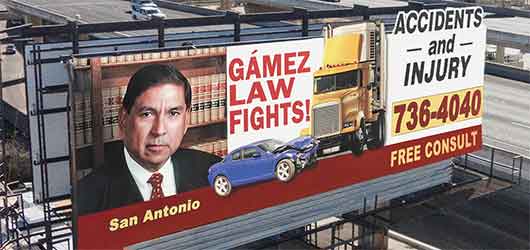One surprise most people do not expect when driving on the Texas highways is a motor vehicle coming towards them, in the wrong direction. However, this wrong-way driving, while not necessarily a frequent occurrence, occurs with enough regularity to be of concern to the public.
It was also what caused an accident on Interstate 35 on the Northeast side, not long ago.
Fatal accident due to wrong-way driving
That accident included a fatality as well as another injured person. Prior to the collision, someone notified the authorities that a car was driving the wrong way down the highway. Unfortunately, that vehicle did not stop or right itself in time to avoid the tragic accident.
Wrong-way driving is more likely to result in fatality
The National Transportation Safety Board considers wrong-way driving on fast-speed divided interstates to be one of the more serious kinds of driving accidents. Such driving causes three percent of the collisions on divided highways of high-speed. However, they come with a much higher incidence of death or serious injury than other types of accidents on such highways. Although states’ studies had varying results, one state study concluded that wrong-way accident fatality rates are 27 times higher than that for other types of collisions.
Notable association between alcohol and wrong-way driving
The NTSB reports that a substantial proportion of wrong-way drivers are driving while impaired by alcohol. Another impairment consideration associated with wrong-way drivers is medical conditions.
It notes that more than 250 wrong-way collisions occur annually, killing more than 350 people. Of the group of wrong-way drivers involved in a fatal vehicle accident, nearly 60 percent reportedly used alcohol. In comparison, right-way drivers involved in fatal collisions had an incidence of alcohol use of less than seven percent.
Interestingly, when considering age, wrong-way drivers of younger ages were more likely to suffering alcohol related impairment than their older wrong-way counterparts. Over 60 percent of those over 19 and younger than 40 years of age had blood alcohol concentrations of 0.08 present or higher. Wrong-way drivers over the age of 70 had similar blood alcohol concentrations less than eight percent of the time.


